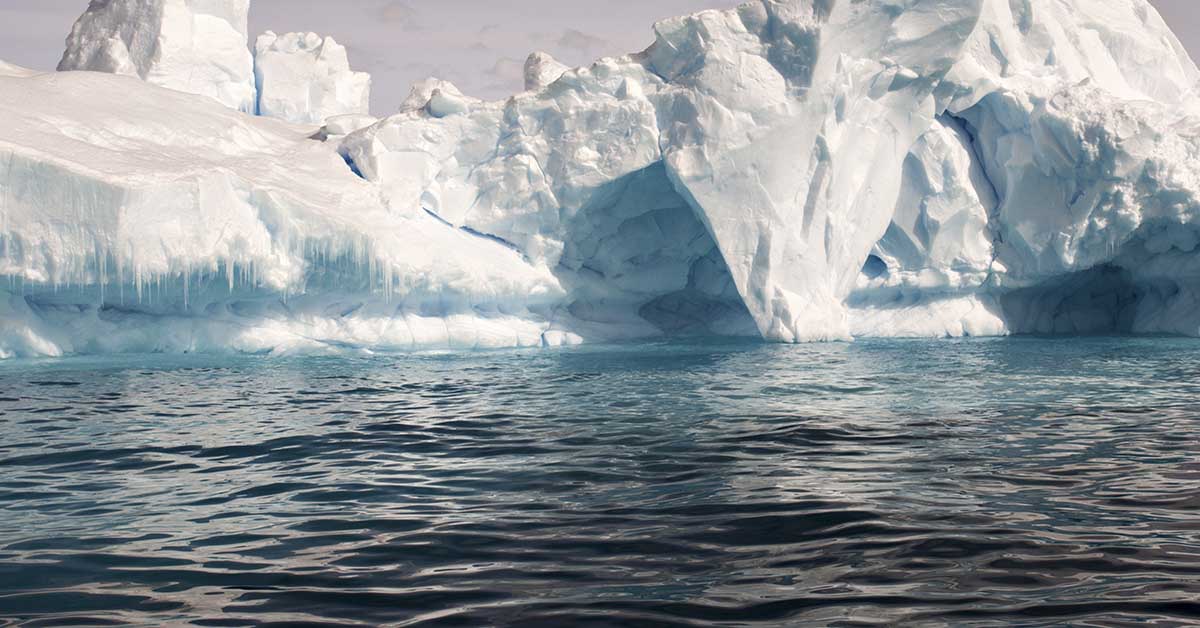The Thwaites Glacier, referred to as the ‘Doomsday Glacier’ due to the catastrophic consequences its collapse would bring upon humanity, is rapidly melting. Every year, the glacier loses billions of tons of ice, contributing to an annual increase of about four percent in sea levels. Unfortunately, this news isn’t the most uplifting to hear.
A team of researchers situated in West Antarctica has discovered that the shelf responsible for holding the glacier intact is experiencing the formation of deep cracks. According to two studies published in the science journal Nature last week, although the melting rate is not as alarming as previously anticipated, these fissures and ‘staircase’ shapes in the ice are eroding rapidly.
And thus Icefin was born to study the Doomsday Glacier
Scientists deployed a robot, christened ‘Icefin,’ to investigate the situation at the glacier and assess the severity of the situation. Icefin drilled down approximately 2,000ft and captured images and footage of the region. It also gathered crucial data, including temperature and salt levels. Unfortunately, the outcome is not encouraging, and there are concerns that the melting rate could result in the glacier’s collapse.

Lead researcher Peter Davis said it was “a very nuanced and complex picture”. This amid the rating melt actually decreasing, he stressed that there was no time for complacency. “The glacier is still in trouble. What we have found is that despite small amounts of melting there is still rapid glacier retreat. So it seems that it doesn’t take a lot to push the glacier out of balance.” He said.
Read: Glacier the size of Florida is ‘hanging on by its fingernails’
Oregon State University ice researcher Erin Pettit, who was not involved in the studies, expressed her concerns about the findings in an interview with the Associated Press. “Thwaites is a rapidly changing system, much more rapidly changing than when we started this work five years ago and ever since we were in the field three years ago,” she said. “I am definitely expecting the rapid change to continue and accelerate over the next few years.”
Cornell University roboticist commented on an interesting find
Robot creator and scientist Britney Schmidt from Cornell University revealed that in addition to the ominous threat facing humanity, her team made an unexpected discovery of signs of life within the glacier. Which was a pleasant surprise. She said: “To accidentally find them here in this environment was really, really cool. We were so tired that you kind of wondered, ‘am I really seeing what I’m seeing?’.
“You know because there are these little creepy alien guys (the anemones) hanging out on the ice-ocean interface. In the background is like all these sparkling stars that are like rocks and sediment and things that were picked up from the glacier. And then the anemones. It’s really kind of a wild experience.”
Keep Reading: Astrobiologists Say Planet Earth Itself Might Actually Be An Intelligent Being

